Big cats, including iconic species like lions, tigers, leopards, and cheetahs, are not only majestic creatures but also key predators in their ecosystems. The presence of these apex predators helps maintain ecological balance by controlling prey populations and promoting biodiversity. Unfortunately, their numbers are dwindling due to a myriad of challenges, particularly in developing countries where environmental and socio-economic factors further complicate conservation efforts.
Understanding the Habitat Challenges
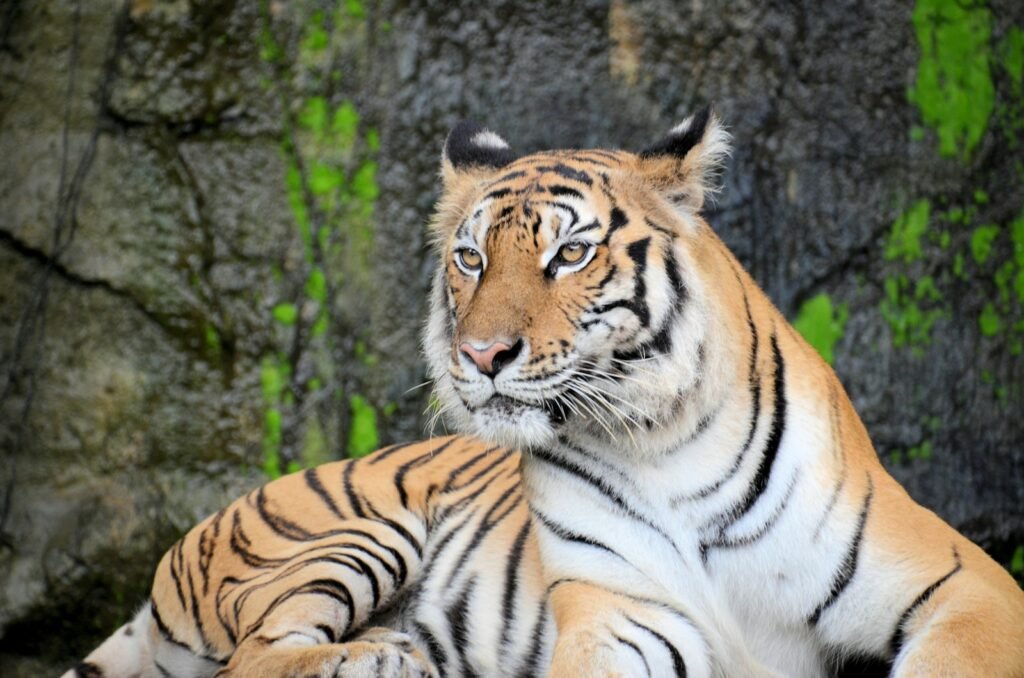
Big cats require vast territories for hunting and roaming, which are continuously being fragmented and reduced due to human activities. Urbanization, agriculture, and infrastructure development are major contributors to habitat loss in developing countries. This fragmentation not only limits their territory but also isolates populations, reducing genetic diversity and increasing the risk of diseases.
Impact of Human-Wildlife Conflict
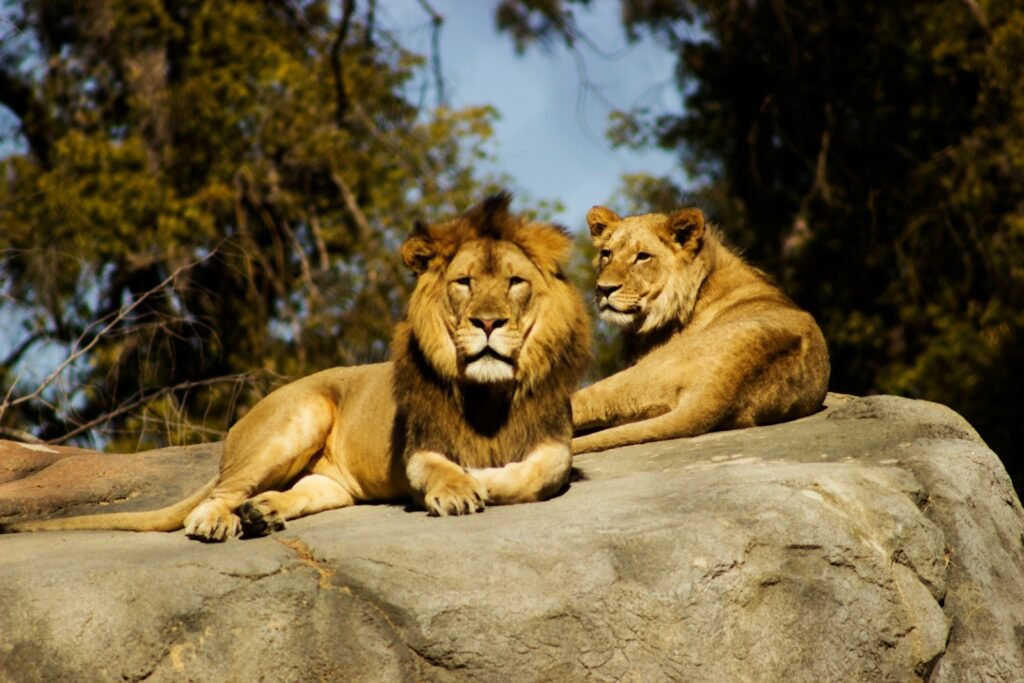
In many developing regions, big cats are viewed as threats to livestock and human safety, leading to conflicts. As agricultural and pastoral activities expand into natural habitats, encounters with big cats become more frequent. These conflicts often result in retaliatory killings, further endangering the species. Conservation efforts must address the grievances of local communities while protecting big cats.
Poaching and Illegal Wildlife Trade

Big cats are highly sought after for their pelts, bones, and other body parts, which are often used in traditional medicine and as status symbols. Poaching, driven by the lucrative illegal wildlife trade, poses an immense threat to big cat populations. Developing countries, with limited resources for wildlife protection, struggle to combat well-funded and organized poaching syndicates.
Challenges in Enforcement and Legislation
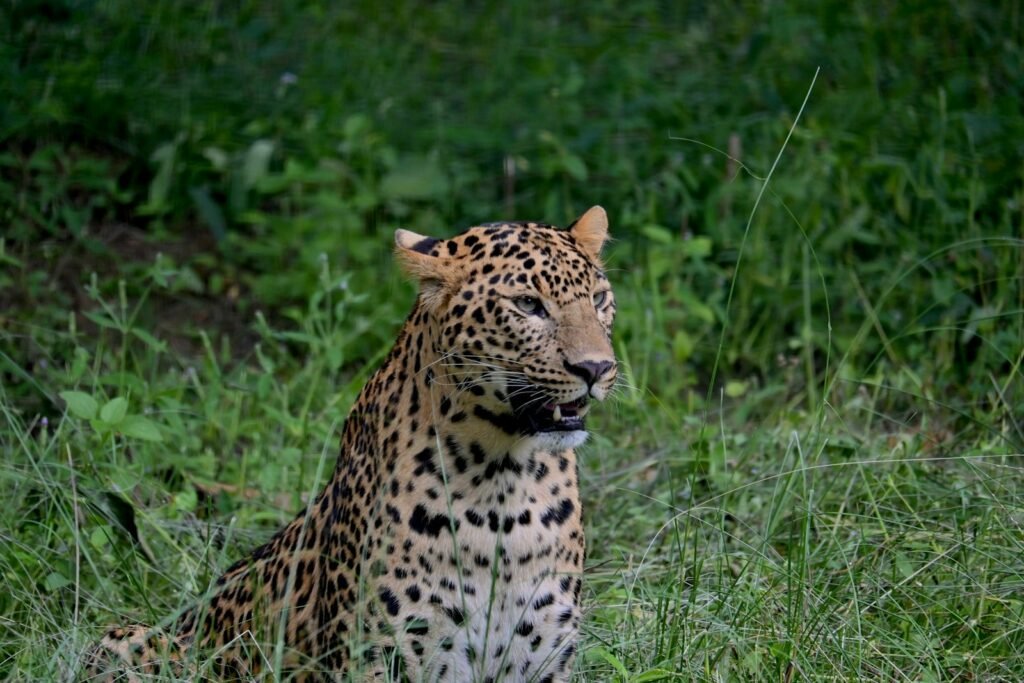
Protecting big cats involves enforcing wildlife protection laws and regulations. Unfortunately, many developing countries face challenges such as inadequate legislation, corruption, and lack of enforcement capabilities. Limited financial and human resources hinder the ability to implement and monitor effective conservation policies.
Addressing Poverty and Economic Pressures
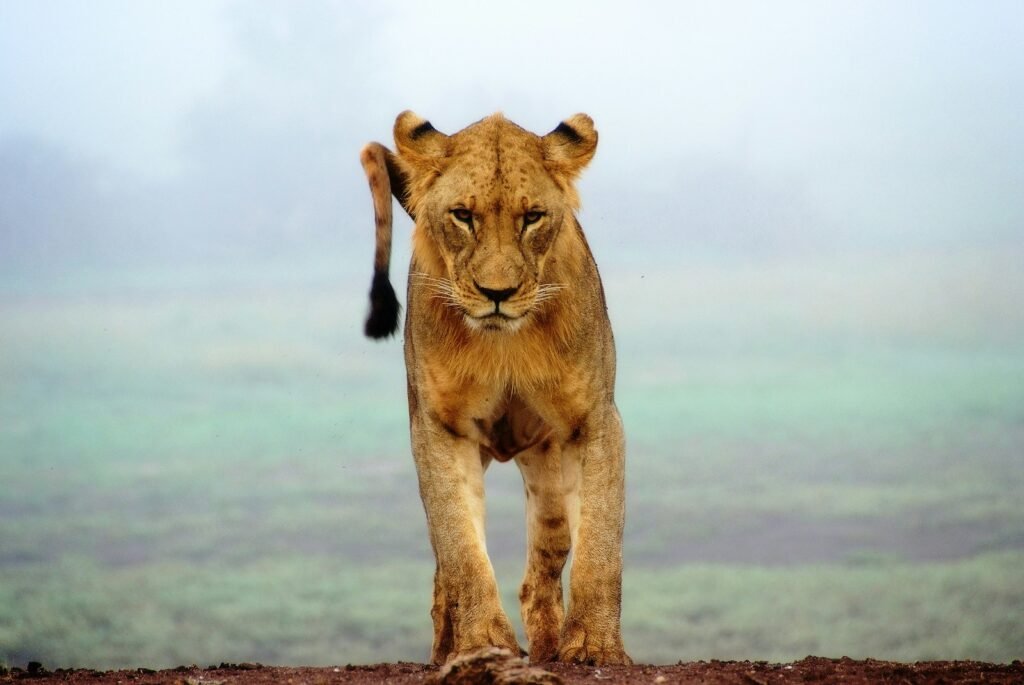
Poverty in developing countries oftentimes leads local communities to exploit natural resources for survival. This can mean hunting big cats or encroaching on protected areas for agriculture. Economic pressures make it difficult to prioritize wildlife conservation, as immediate human needs take precedence over long-term environmental concerns.
Community Involvement and Education
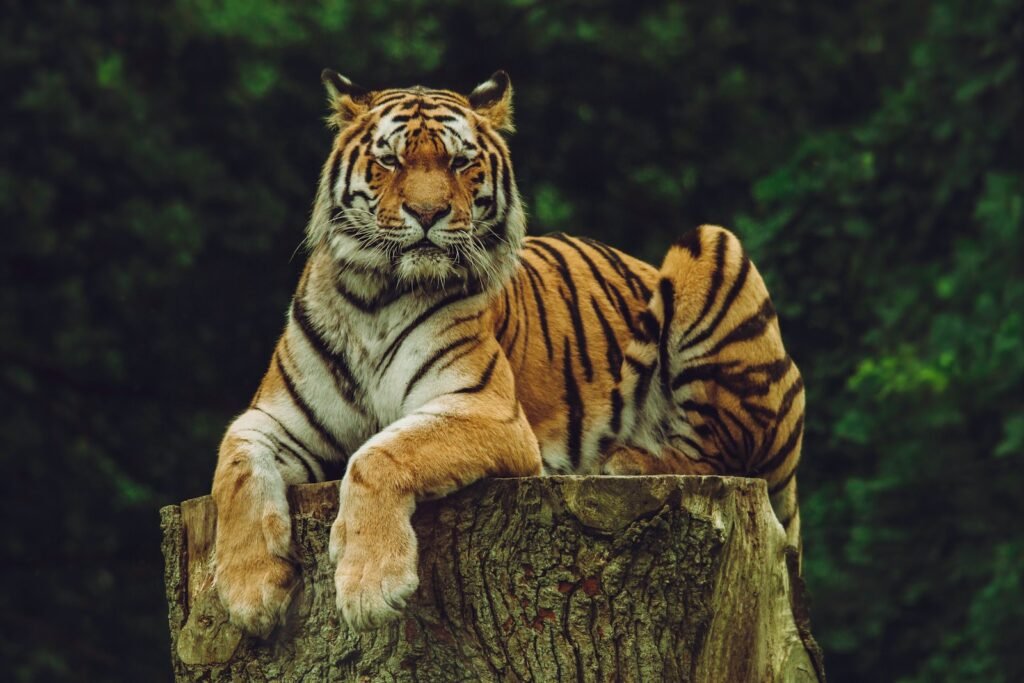
Local communities are essential partners in big cat conservation. Raising awareness and educating people about the ecological importance of big cats can foster a sense of stewardship. Initiatives that involve communities in conservation efforts, such as eco-tourism and benefit-sharing from conservation-related activities, can provide alternative livelihoods and reduce dependency on harmful practices.
Technological Solutions in Conservation
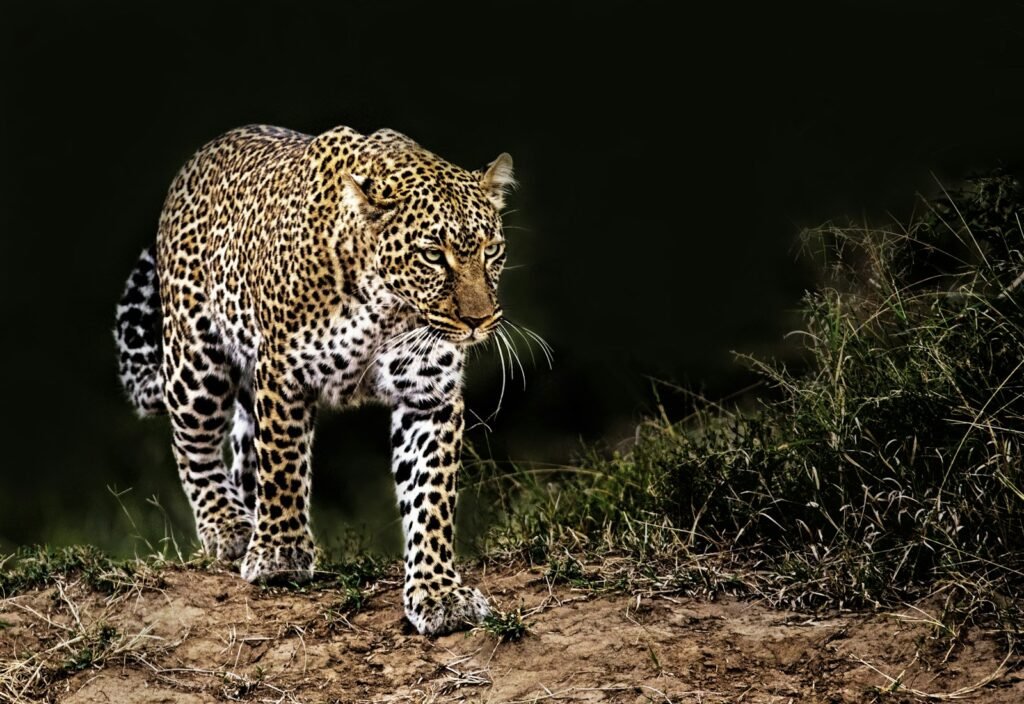
Innovative technologies, such as satellite tracking and camera traps, have become invaluable in big cat conservation. These technologies aid in monitoring populations, understanding movements, and identifying threats. However, deploying these technologies in developing countries can be challenging due to high costs and the need for technical expertise.
International Cooperation and Funding
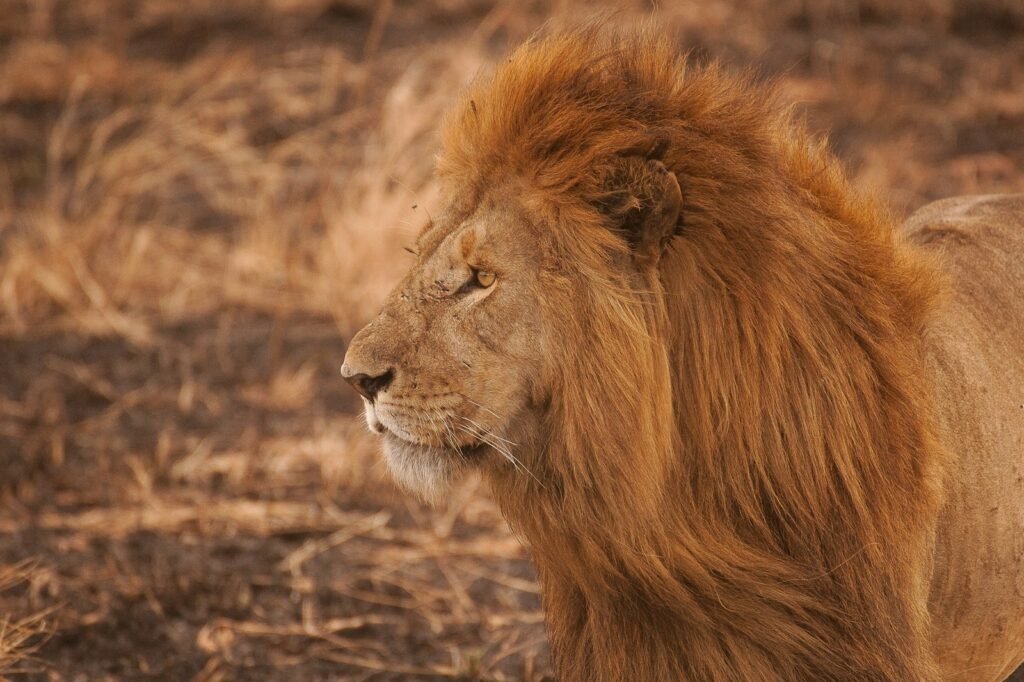
Big cat conservation requires international collaboration, given the transboundary nature of many habitats. Global conservation organizations play a critical role in providing financial and technical support. Developing countries benefit from these partnerships, although competing global priorities and resource limitations can affect the availability and allocation of funds.
Success Stories and Ongoing Efforts
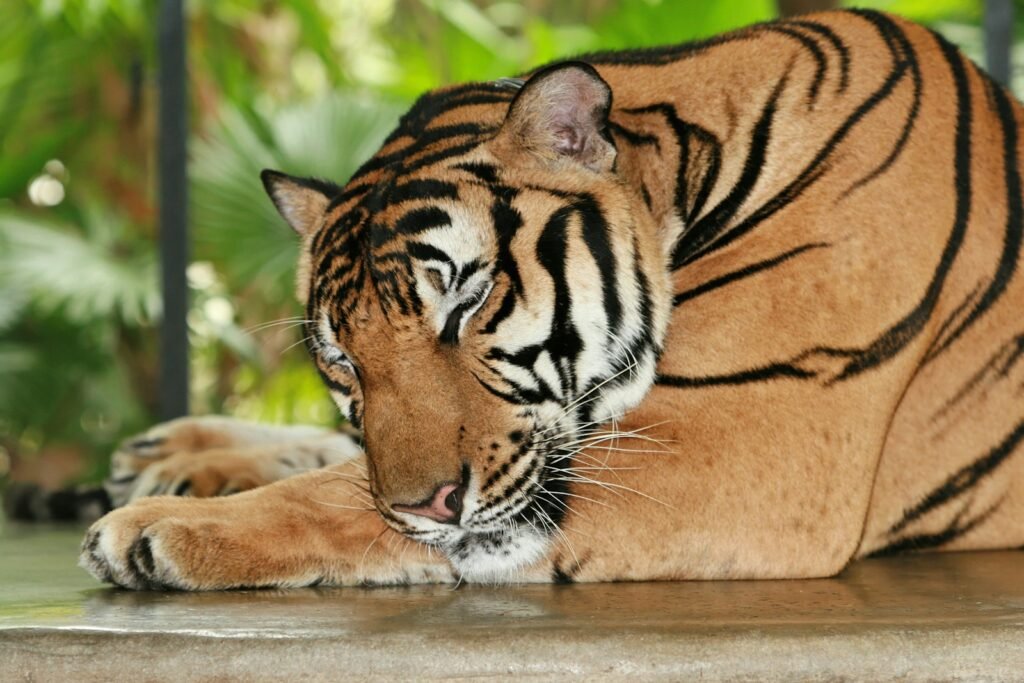
Despite challenges, there have been notable successes in big cat conservation. Projects that focus on habitat restoration, anti-poaching measures, and community engagement have shown positive results. Continued efforts and adaptation to new challenges are essential for the ongoing survival of these magnificent animals.
A Call to Action

The conservation of big cats in developing countries faces complex challenges that require a multifaceted approach. From habitat preservation and reducing human-wildlife conflict to international support and community engagement, a collective effort is crucial. Protecting these species is not only about preserving biodiversity but also about maintaining the health of the entire ecosystems upon which humans and wildlife alike depend.

Growing up traveling and experiencing new cultures and wonders, I have had a passion for nature, adventuring, photography, and videography. I am currently working towards a BSc in Biodiversity and Ecology at Stellenbosch University, and I hope to specialise in Marine Sciences one day.
Please send any feedback to Feedback@animalsaroundtheglobe.com






